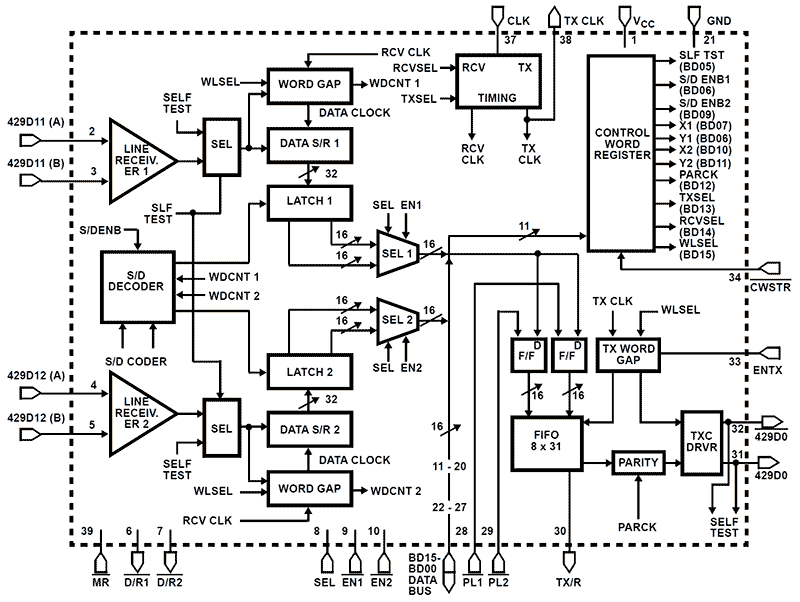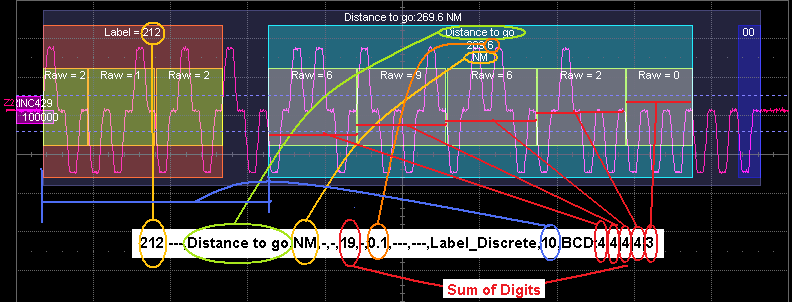Demystifying the ARINC-429 Protocol: Learn about its Structure and Significance in Data Communication within the Aviation Industry
The ARINC-429 protocol is a widely used industry standard for data communication within the aviation industry. This white paper aims to provide an in-depth understanding of the ARINC-429 protocol, its structure, and its significance in facilitating reliable and efficient data exchange in aviation systems. By demystifying the key aspects of this protocol, aviation professionals and technology enthusiasts can gain valuable insights into its implementation and applications.
Introduction:
In today’s aviation industry, the reliable and accurate exchange of data between different onboard systems is crucial for safe and efficient flight operations. The ARINC-429 protocol and protocol converters plays a vital role in enabling this seamless communication by defining the standards and rules for data transmission and reception. This white paper explores the structure of the ARINC-429 protocol and its significance in data communication within the aviation industry.
- Overview of the ARINC-429 Protocol:
The ARINC-429 protocol is a serial, two-wire data bus protocol developed by Aeronautical Radio Incorporated (ARINC). It defines the electrical characteristics, data formats, and protocols for transmitting and receiving digital data between avionics systems. The protocol operates at a data rate of 100 kilobits per second (Kbps) and supports a maximum of 20 receiver devices per bus.
- Structure of the ARINC-429 Protocol:
The ARINC-429 protocol utilizes a master-slave architecture, where the transmitting device is the master, and the receiving devices are the slaves. The protocol employs a unidirectional data flow, with each device capable of transmitting or receiving data.
At the physical layer, the protocol uses differential voltage encoding, known as bipolar return-to-zero (BRZ), to represent binary data. Each bit is transmitted using two voltage levels, allowing for noise immunity and reliable data transfer over long distances.
The protocol defines a hierarchical addressing scheme, with each data word consisting of 32 bits. The word contains information such as the label, source or destination identifiers, and the data itself. The label represents the type of information being transmitted, while the identifiers identify the transmitting or receiving device.

- Significance in Data Communication:
The ARINC-429 protocol has become the de facto standard for data communication in aviation due to its several advantages. Firstly, it offers a high level of reliability and fault tolerance, ensuring the accuracy of critical data exchanged between avionics systems. The differential voltage encoding reduces the susceptibility to noise and signal degradation, making it suitable for the challenging electromagnetic environment in aircraft.
Secondly, the protocol supports a wide range of avionic applications and protocol converters, including flight management systems, navigation systems, and engine monitoring systems. Its versatility enables seamless integration of diverse avionic devices, promoting interoperability and reducing development and maintenance costs.
Moreover, the ARINC-429 protocol allows for easy system expansion and upgrades. The hierarchical addressing scheme permits the addition of new devices without disrupting the existing data flow, facilitating future system enhancements and scalability.
Conclusion:
The ARINC-429 protocol has revolutionized data communication within the aviation industry, providing a robust framework for transmitting and receiving critical data. Its well-defined structure and wide industry adoption have made it an indispensable tool for avionic system integration. By demystifying the ARINC-429 protocol, this white paper aimed to equip aviation professionals and technology enthusiasts with the knowledge necessary to understand its implementation and significance in aviation data communication.

References:
Nielsen, N. E., & Bak, J. L. (2002). The ARINC 429 standard: Past, present, and future. In 21st DASC. IEEE AIAA 21st Digital Avionics Systems Conference. Proceedings (Cat. No.02CH37318) (Vol. 2, pp. 2C1-2C13). IEEE.
Cardullo, F. M., & Porretta, M. (2014). ARINC 429 Interface with STM32F4xx Microcontrollers. In Proceedings of the 7th WSEAS International Conference on Circuits, Systems, Electronics, Control & Signal Processing (CSECS ’14) (pp. 227-232). World Scientific and Engineering Academy and Society (WSEAS).
“ARINC 429 Protocol Tutorial.” AIM Online Training. Accessed June 25, 2023. https://www.aim-online.com/arinc-429-protocol-tutorial/
Sklyarov, M., Levashov, E., Deryugin, A., & Karpov, A. (2019). The implementation of ARINC 429 protocol on field-programmable gate array (FPGA). In 2019 International Russian Automation Conference (RusAutoCon) (pp. 1-6). IEEE.
“ARINC 429 Protocol.” COPPERCHIPP Technology GmbH. Accessed June 25, 2023. https://www.copperchipp.com/arinc-429-protocol/
Anderson, P., & Andrisani, S. (2014). Introduction to avionics systems. CRC Press.
“ARINC 429.” Aerospace Technology. Accessed June 25, 2023. https://www.aerospace-technology.com/projects/arinc429/
“ARINC 429 Protocol Tutorial.” Data Device Corporation. Accessed June 25, 2023. https://www.ddc-web.com/Products/Protocol-Converters/ARINC-429/ARINC-429-Protocol-Tutorial
ARINC 429-17: Mark 33 Digital Information Transfer System, 2013. Aeronautical Radio Incorporated.
Tarrant, D. (1998). Avionics: elements, software, and functions. CRC Press.
“ARINC 429.” Astronics Corporation. Accessed June 25, 2023. https://www.astronics.com/arinc429





